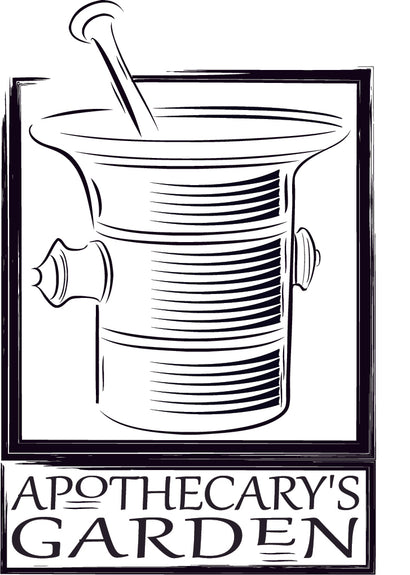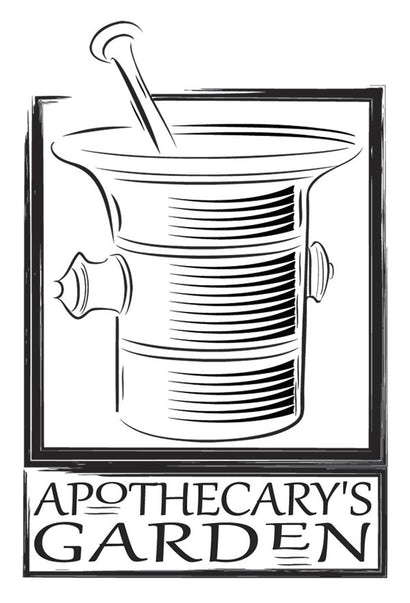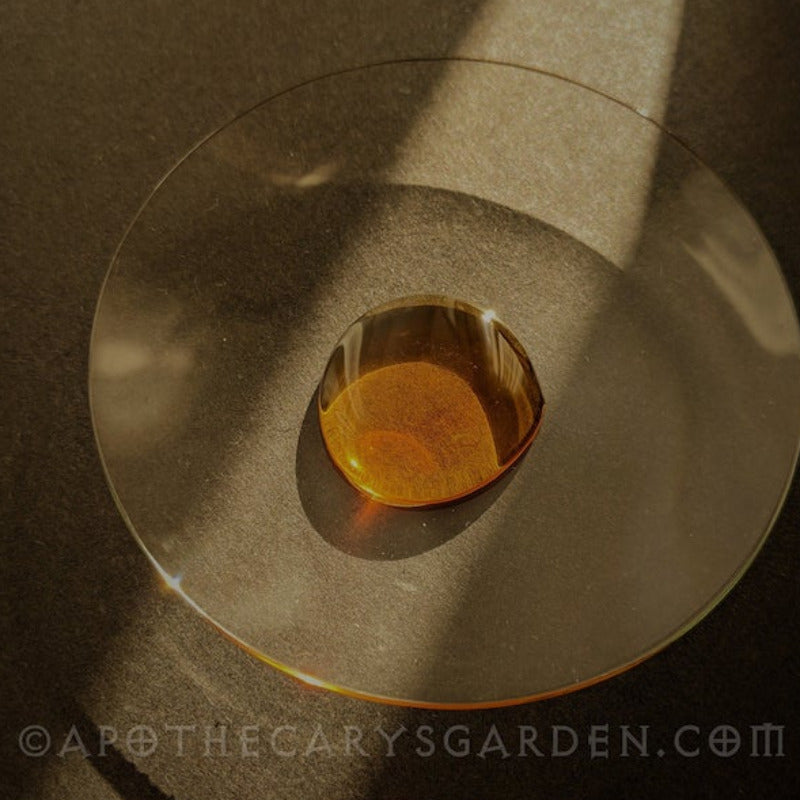
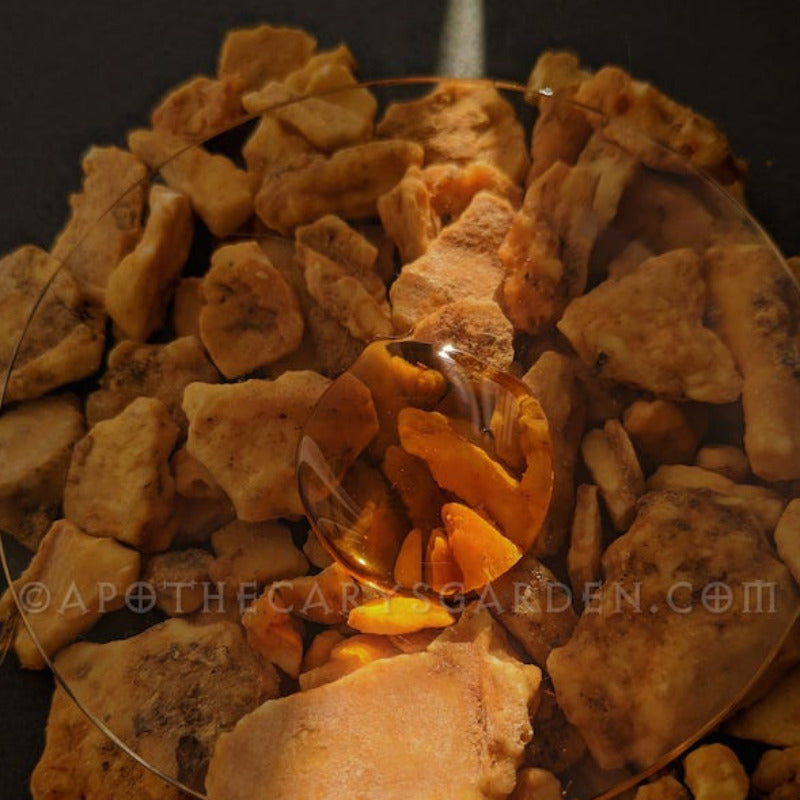
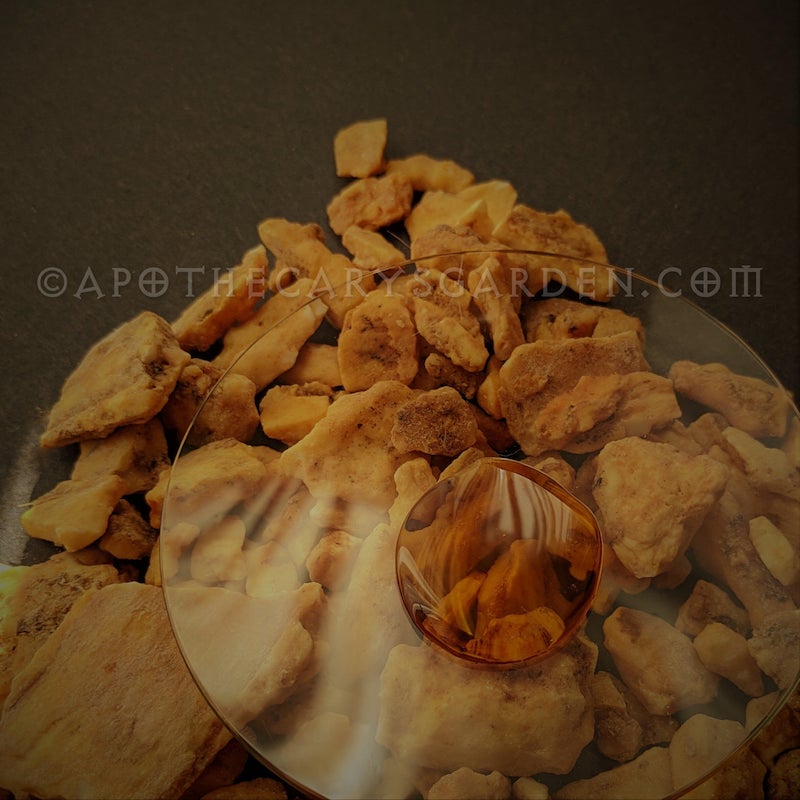
Benzoin Siam Absolute
Benzoin Siam Absolute has a beautiful, mellow vanilla-like scent with caramel and bitter almonds highlights.
I prepare it using food-grade 95% alcohol and the premium Grade A Siam Benzoin "Almonds" you will find in the shop.
Benzoin Siam Absolute dissolves cleanly in both alcohol and carrier oils.
Since resins contain no waxes they require only one solvent when creating a pure extract or absolute. For this reason, they are also called "Resin Absolutes"
There is nothing more gratifying than having full control over the materials and the processes in the creation of a high-quality product.
This product contains 20% alcohol which keeps it mobile and pourable.
In perfumery, Benzoin Siam Absolute is considered a fixative since it anchors more fleeting scents in a blend.
1%-2% Benzoin Siam Absolute is often used to condition alcohol before using it as a perfume base. This is said to help eliminate residual odours left over from the distillation process and enhance the tenacity of a perfume.
Benzoin contains benzoic acid, which acts as a preservative for fats and oils. For this reason, you will often see Benzoin tincture or resinoid added to formulas to keep oils and fats from going rancid. A little bit of Benzoin resinoid, (1%-2%?)will greatly extend the shelf life of products made with Olive oil, grape seed, Almond and many other " unstable" carrier oils. It also helps extend the life of animal fats such as Lard and Tallow. Note that Benzoin resin and tincture only help preserve fats and have no preservative properties regarding water-soluble compounds or water-oil emulsions.
Benzoin is traditionally used topically to help heal cracked or chapped skin and is thought to relieve respiratory congestion. Benzoin tends to cause sensitization. Avoid applying it directly and undiluted to the skin.
Benzoin was initially brought to the West when Islam spread to Indonesia. Arabian traders discovered a tree resin that reminded them of their Luban, or Frankincense, back home.
They gave it the name Luban Jawi, which translates as Frankincense of Java. This name eventually evolved into BenJawii, Benzoin and Gum Benjamin. Over the centuries, Benzoin became a mainstay in the aromatic and medicinal repertoires of cultures along the spice route and its name found many iterations.
For the French, LubanJawi became Le BenJawi, Benjawi and eventually Benzoin. The English found it easier to call it Benjamin or Gum Benjamin.
To this day, we hear it referred to as Gum Benjamin, Benzoin, LubanJawi, Lubanya and Lubanja, depending on the country and culture.
Benzoin is the original source of some familiar and important chemicals such as
Benzoic acid, Benzyl alcohol, Benzyl Benzoate, which we now produce from other raw materials
Benzoin, like Labdanum, is a critical ingredient in Chypre and Oriental type perfumes.
Many formulas for "Amber" fragrances and Amber perfume accords call for blending Benzoin, Labdanum and Vanilla in various proportions.
Benzoin is a sustainable product planted abundantly by farmers to provide a secondary income. It is collected by incising a V and parting the tree's bark slightly from the wood. This creates a natural pocket that holds the liquid resin until it sets and gives us the beautiful Benzoin "Almonds" of commerce. (See photos above).
Blending resins, Resin Absolutes and resinoids is done more easily when warmed in a water bath. Avoid microwaves and stovetops which give little control over the temperature and invite mishaps.
Dan
Materials: Benzoin Siam Absolute, Benzoin, Styrax Tonkinensis, Ethanol.
